
We usually just want to relieve the pain, not minding where it originated from. However, this is important, because knowing the cause and dealing with it, we may prevent future pain. If you suffer from frequent headaches, you might want to make an appointment with your dentist so he can examine your mouth for decayed or worn-down teeth that may not even hurt but are the cause of your headache pain. Headaches can be a sign of many different things, so you should always consult your doctor if you have concerns about your health.
Natural remedies
First of all, if you have reoccurring headaches, try keeping a diary. That way you can see patterns. While doing that, try and rate them by the severity of the pain.
If your headache is accompanied by nausea, it usually intensifies the pain. So try to relieve your nausea first. Some find that peach juice or ginger are the most effective when it comes to dealing with it.
Sometimes, simple eating habits are the triggers for migraines. So make notes of what you eat on a daily basis. If a type of food is causing your headaches, avoid it. If food is the trigger, the pain will start to show 3 to 12 hours after eating it. Many holistic physicians feel that dairy products are the number one cause of food-related headaches.
However, while certain smells, ranging from general cooking odors to perfume, can bring about migraines, others may help relieve them, according to recent research. Many migraine sufferers report that eating certain foods help lessen the length and severity of their headaches, and the aromas may have something to do with it.
Rosemary, lavender, and other essential oils may help calm your headaches. For quick comfort, gently rub one drop of oil on the place where it hurts the most. The essence of the herb is very concentrated, so one drop should be enough.
An herbal foot bath may also help you. Combine one teaspoon of powder mustard or ginger with very warm water in a plastic basin. Place your feet into the water. Wrap a thick towel across the top to hold in the heat. Lean back in a comfortable chair, close your eyes, breathe deeply, and relax for about 15 minutes.
Next, you can try some acupressure. Here is a two-step treatment to help you.
First, with one hand, press the shallow indention in the back of the head at the base of the skull.
Then, simultaneously, with the thumb and forefinger of the other hand, press tightly into the upper hollow of the eye socket, right where they straddle the bridge of the nose and meet the “t” of the eyebrow bridge. Press softy at first, then more firmly and hold.
Try doing it for 3 to 5 minutes, but repeat if you have the need to.
If your head is throbbing, use your fingertips to push on the very top of your skull. Using this technique will help to decrease pressure and pain associated with a tension headache. Press the area for 30 seconds, three times in a row, while breathing deeply.
You can also try diverting blood flow from your head to your toes. Place an ice pack under the back of your neck and a hot-water bottle on top of your feet. Holding something warm in your hands or something very cold, like ice cubes, may also stimulate blood flow.


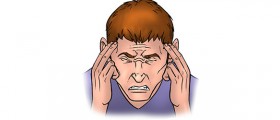
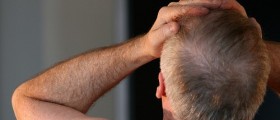
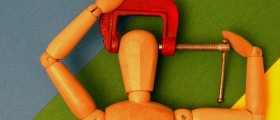
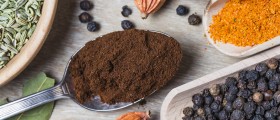

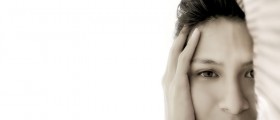


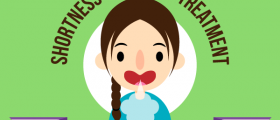

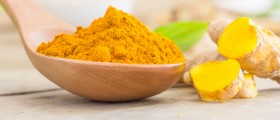
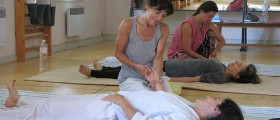


Your thoughts on this
Loading...